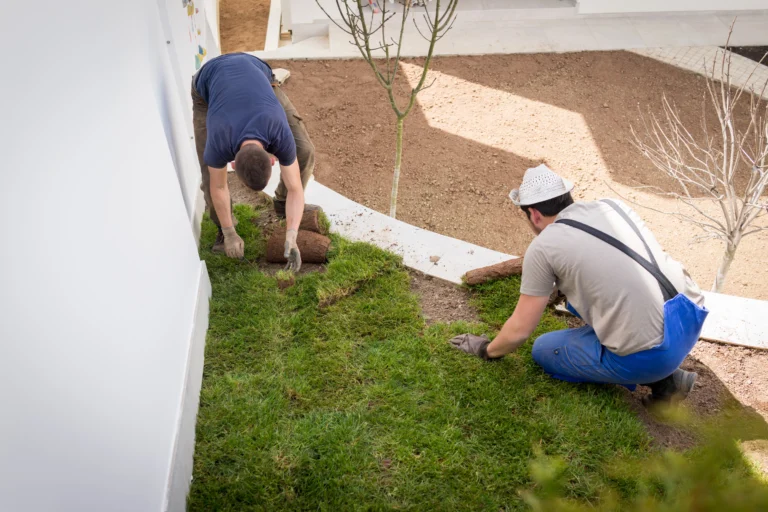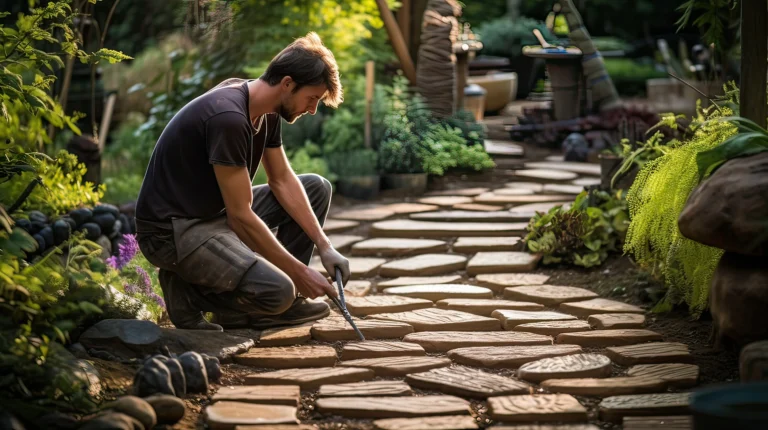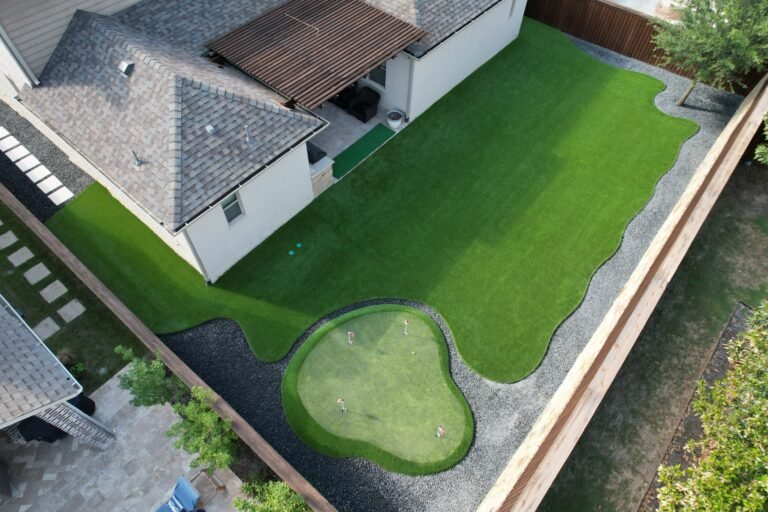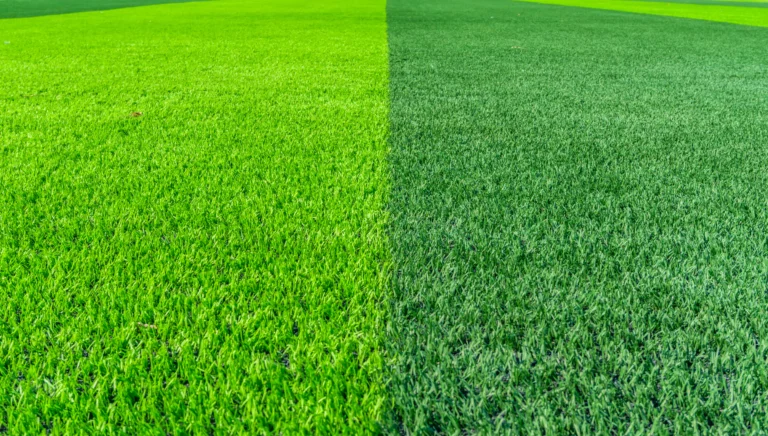How to Level Backyard: Simple Steps for a Perfectly Flat Outdoor Space
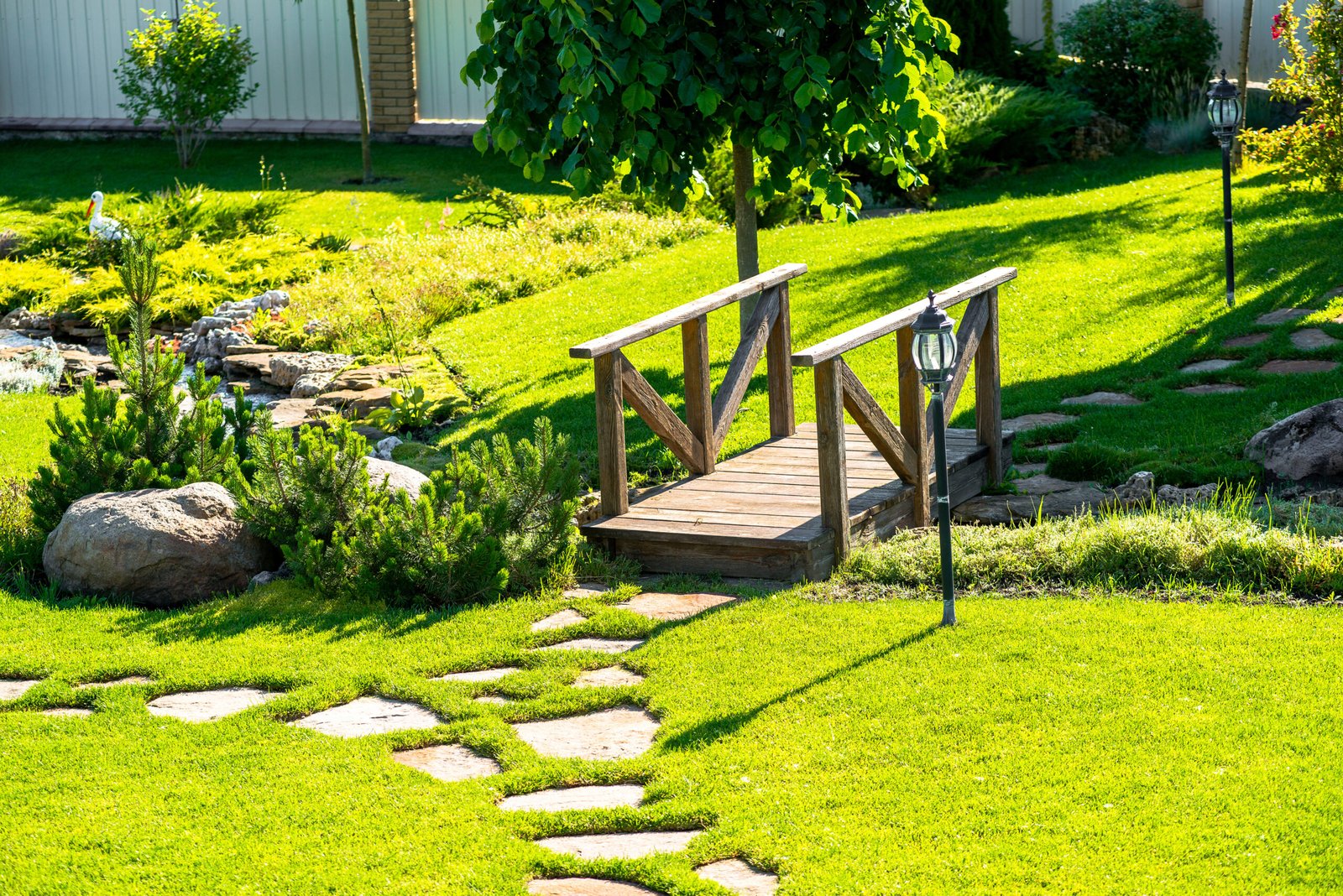
Leveling a backyard is an essential step in creating an aesthetically pleasing and functional outdoor living space. A well-leveled yard allows for proper drainage, prevents soil erosion, and provides a solid foundation for landscaping, gardening, and other outdoor activities. By taking the time to level your yard, you can enjoy a visually appealing space that also reflects a high level of care and attention to detail.
Yard leveling is a process that involves removing any existing grass, plants, and debris from the area, followed by grading the soil to create a smooth, even surface. It may require the use of specialized equipment or manual labor, depending on the size and severity of the unevenness. Additionally, proper landscaping techniques play an essential role in the overall success of leveling a backyard, as they help to maintain the level surface over time.
Whether you are a homeowner looking to enhance your property’s aesthetics or a professional landscaper seeking to provide clients with impeccable yard leveling services, it is important to have a clear understanding of the process and the techniques involved. With confidence and knowledge, you can transform an uneven backyard into the outdoor oasis of your dreams.
Assessing Your Backyard
Identifying Problem Areas
When leveling your backyard, the first step is to identify problem areas. Scan your yard carefully and look for uneven ground, which could cause drainage issues. Some key things to consider are slope, low spots, and areas of standing water.
To make it easier, you can create a table to list down the problematic areas.
| Problem Area | Description |
|---|---|
| Slope | A steep incline or decline in your yard |
| Low spots | Depressions in the ground where water may accumulate |
| Standing water | Puddles or wet spots that do not dry up quickly |
By clearly identifying problem areas, you provide a solid foundation for planning and executing the leveling process effectively.
Evaluating Levelness and Drainage
Once the problem areas are identified, the next step is to evaluate the levelness and drainage of your backyard. Proper drainage prevents unwanted water runoff and minimizes the risk of future issues.
To do this, you can follow these simple steps:
- Take a walk through your backyard after a rainfall, to observe how water drains from different areas. Note areas where water runoff is causing soil erosion or damage to plants.
- Use a level or a straight board to measure the levelness of the ground. Place the level or board on different areas of the yard to get a clearer picture of the overall terrain.
- In case of standing water, inspect downspouts and gutters to ensure they are not contributing to the problem. Redirecting downspouts away from the yard may help improve drainage.
Keep in mind that ideally, your backyard should have a slight slope to direct water away from your home’s foundation and prevent flooding or damage. To achieve this, aim for a slope of 2% – meaning a 2-inch drop for every 8-feet of distance. This will maintain a balance between levelness and effective drainage.
Now that you have assessed the backyard and identified problem areas, you are prepared to move forward with the leveling process, creating a more functional and visually appealing outdoor space.
Planning and Preparation
Before starting the leveling process, it’s essential to have a well-organized plan and gather the necessary tools and materials. This section provides insight on selecting the right tools, materials, and creating a leveling plan.
Selecting the Right Tools and Materials
Having the appropriate tools and materials at hand will ensure a smoother and more efficient process. Below is a list of essential equipment to level a backyard:
- Wheelbarrow: Needed to transport various materials like topsoil, sand, and compost.
- Shovel: Helps in digging, turning the soil, and spreading materials.
- Garden hoe: Useful for breaking soil clods and smoothing the terrain.
- Rake: Assists in spreading topsoil and leveling the surface.
- Garden hose with water level: Helps measure elevation differences across the backyard.
- Topsoil: Adding topsoil to low spots helps level the ground.
- Sand: Improves soil drainage and provides a stable base.
- Compost: Rich in nutrients, assists in improving soil quality.
- Soil mix: A combination of topsoil, sand, and organic matter to improve overall backyard soil.
It’s crucial to select materials based on your backyard’s specific needs. For example, certain types of soil may require more sand to improve drainage or more compost to enhance fertility.
Creating a Leveling Plan
Having a clear plan is vital to achieving an even and well-drained backyard. Follow these steps to create an effective leveling plan:
- Assess the current landscape: Walk around the yard and identify high and low spots. Use a garden hose and water level to accurately measure elevation differences.
- Determine drainage requirements: Ensure that water will flow away from buildings and avoid pooling. Plan to create gentle slopes of around 1-2% to promote proper drainage.
- Estimate required materials: Calculate the volume of topsoil, sand, and other materials needed to fill in the low areas. This will help you avoid overspending or underestimating the needed materials.
- Evaluate access points: Ensure there is easy access to the backyard for transporting materials and equipment. Locate potential obstacles like fences or trees that may interfere with the leveling process.
- Schedule the work: Choose a time frame with suitable weather conditions for the leveling project – avoid working in heavy rain or extreme heat. Allocate sufficient time to complete the task, usually 2-4 days for an average-sized backyard.
By following these guidelines and adequately preparing for the project, you’ll be well on your way to achieving a level, attractive, and functional backyard.
Executing the Leveling Process
Removing Thatch and Weeds
Before starting the leveling process, inspect the yard for signs of thatch and weeds. Thatch is a tangled layer of dead and living grass, roots, and debris that can hinder proper leveling. To eliminate thatch and weeds, use a dethatching rake or a vertical mower and then collect the debris to clear out the area.
Applying Top Dressing and Grading
An effective and widely used method of leveling a backyard is to apply top dressing and grade the surface. First, identify the type of soil mix required for your lawn. This can depend on the lawn’s existing soil composition and your desired grass type. A general mix consists of:
- 60% topsoil
- 30% sand
- 10% compost
Top Dressing
- Begin by aerating the lawn to allow better absorption of the soil mix.
- Spread a thin layer of soil mix (about ½ inch) evenly across the lawn using a shovel or a top dressing machine.
- Work the mix into the grass using a rake, a broom, or the back of the shovel. Make sure to fill the lower areas to create a level surface.
Grading
Grading is essential for creating an even surface and allowing proper water drainage. After applying the top dressing, follow these steps:
- Install marking flags at the high and low spots of your lawn to have a clear vision of the area and understand the slope you need.
- Remove any grass in the low spots as it may die when covered with fill dirt.
- Gradually add fill dirt or topsoil to the low spots and begin to level with a rake or a lawn roller.
- Once the desired slope is achieved, firm the surface to ensure the soil mix is compact and stable.
After completing the leveling process, overseed your lawn with proper grass seed suited to your specific soil type and climate. You may also fertilize and water your lawn thoroughly to promote healthy regrowth.
Remember, maintaining a level backyard can require periodic checks and follow-up adjustments. By regularly inspecting your yard and addressing any issues, you can keep your backyard looking great and ensure its functionality for years to come.
Maintenance and Upkeep
Watering and Mowing
A well-maintained lawn starts with proper watering and mowing techniques. To keep the grass in good condition, ensure you water your lawn periodically. The ideal frequency is once or twice a week, providing about 1.5 inches of water each time. For a lush and green backyard, avoid watering during the hottest part of the day, as this can lead to evaporation and water waste.
Mow your lawn regularly to maintain an even and healthy grass height. Choose a suitable lawn mower and adjust its blades to the recommended height, which is usually between 2 and 3 inches. Mowing at the correct height prevents the accumulation of excessive thatch and promotes healthy growth.
| Task | Frequency | Tips |
|---|---|---|
| Watering | 1-2 times/week | Provide 1.5 inches of water per session |
| Mowing | Regularly | Maintain grass height between 2-3 inches |
Ongoing Observation
Monitoring your backyard for changes in its condition will help you identify potential issues before they become major problems. For instance, inspect the lawn for bumps or uneven surfaces, which can indicate a bumpy lawn. Addressing this problem early on will prevent the need for extensive and costly remedies in the future.
Watch out for the presence of dead grass and excessive thatch build-up. A small amount of thatch is normal, but too much will restrict water and nutrients from reaching the grass’s roots. Use a thatch rake or rent a dethatching machine to remove the excess thatch, which will significantly improve the health and appearance of your lawn.
Look for signs of erosion, especially in sloped areas of the backyard. Implementing erosion prevention measures, such as planting grass or installing retaining walls, can help protect your lawn and keep it level for years to come.
By consistently practicing proper maintenance, watering, and mowing techniques, and staying vigilant in observing the overall health of your lawn, you can achieve an attractive and level backyard that remains in top condition.

